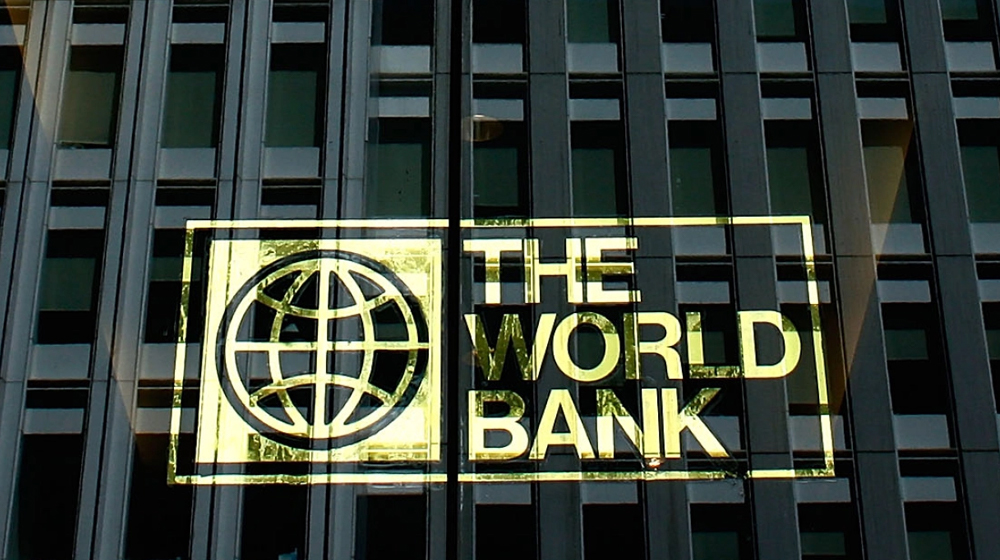The World Bank has reduced Pakistan’s GDP growth forecast for the current financial year 2025-26 to 2.6 %, which is 0.5 % lower than the previous estimation of 3.1 % released in June 2025.
The World Bank said in its latest report titled “Middle East, North Africa, Afghanistan, Afghanistan and Pakistan (Mina AAP) Economic Update” states that Pakistan’s development view has been affected by the devastating floods. It added that obstacles to food supply chains are likely to push inflation even in the coming months.
According to the preliminary estimates presented in this report, Pakistan’s largest crop producing region, Punjab has decreased at least 10 %, which has affected important crops like rice, sugarcane, cotton, wheat and corn.
For fiscal year 2026-27, the bank expects growth in agriculture, low inflation and interest rates, and improved business and consumer confidence to increase 3.4 percent. The report states that Pakistan’s GDP has increased by 2.7 % in the financial year 2024-25, a slightly above 2.5 % recorded in the previous year.
The World Bank also highlighted that Pakistan’s new five -year tariff reform plan (2025–30), which aims to raise import taxes, can increase export competitiveness and long -term growth.
In economies like Egypt, Jordan and Pakistan, the report further states that the obstacles that limit women’s participation in the manpower, which can increase the GDP per capita to 20 to 30 percent, which represents the largest potential economic benefits globally.
For the wider Mina AAP region, the bank predicted 2.8 % in GDP growth in 2025 and 3.3 % in 2026, which reflects the gradual stability in the economies.
The report said that after the reduction of food and energy prices, Pakistan’s inflation has fallen on the same digits in the financial year 2024-25. However, it has warned that disruption of flood -related supply can relieve inflation pressure during 2027.
Due to external demand and domestic challenges, the bank also offered the possibility of a possible fall in global exports for Pakistan (1.5 %) and Tunisia (0.5 %).
Although poverty levels in Pakistan have declined by 9.4 percent of the points between 2011 and 2018, the World Bank said that since 2020, economic shocks and natural disasters have stopped this progress.
With its large population and relatively high poverty rate, Pakistan is making a special part of the poor in the region.
The report further observes that the highest rate of fertility in the region in Pakistan is 3.5 %, though population trends show that its rate will fall below the alternative level within one generation, which is like regional allies but with delays.

